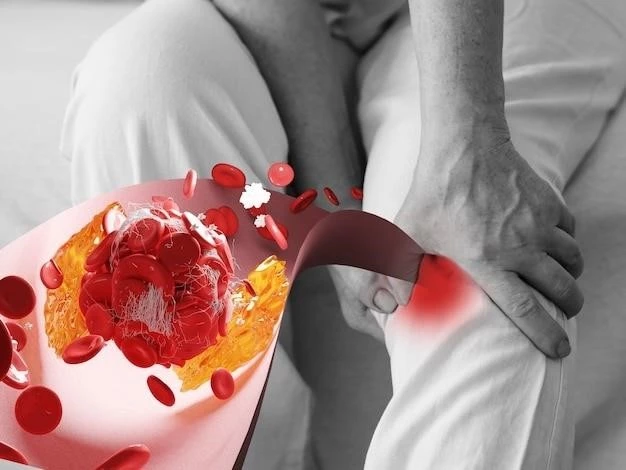Cholecystitis⁚ Understanding the Causes‚ Symptoms‚ and Treatment
Cholecystitis can be caused by gallstones‚ which block the bile ducts‚ leading to inflammation and infection.
Causes of Cholecystitis
Cholecystitis can be caused by gallstones‚ which block the bile ducts‚ leading to inflammation and infection. Other causes include tumors‚ certain infections‚ bile duct issues‚ or a complication of another condition. The blockage can cause bile to build up‚ leading to irritation and pressure on the gallbladder walls.
Symptoms and Diagnosis of Cholecystitis
Symptoms of cholecystitis may include severe abdominal pain‚ nausea‚ vomiting‚ and fever. Diagnosis typically involves physical exams‚ imaging tests like ultrasounds‚ blood work‚ and possibly a CT scan. A HIDA scan may be used to check gallbladder function. Prompt diagnosis is vital to avoid complications.
Treatment Options for Cholecystitis
Treatment for cholecystitis often involves antibiotics to treat infection along with pain management. In cases where gallstones are the cause‚ surgery may be necessary to remove the gallbladder‚ a procedure known as cholecystectomy. Laparoscopic surgery is a common approach that allows for faster recovery.
Complications of Untreated Cholecystitis
Without treatment‚ cholecystitis can lead to serious complications such as a gallbladder rupture‚ abscess formation‚ or a systemic infection. Chronic inflammation can also result in a thickened gallbladder wall and an increased risk of gallbladder cancer. Seeking medical attention is crucial to prevent these severe outcomes.
Risk Factors for Developing Cholecystitis
Risk factors for cholecystitis include being female‚ overweight‚ and over 40. Other risk factors include a high-fat diet‚ rapid weight loss‚ pregnancy‚ a sedentary lifestyle‚ and a family history of gallbladder issues. Conditions such as diabetes and certain medications may also increase the risk of developing cholecystitis.
Surgical Procedures for Cholecystitis
The main surgical procedure for cholecystitis is a cholecystectomy‚ which removes the gallbladder. This can be done through laparoscopic surgery with small incisions or traditional open surgery. Laparoscopic surgery typically has a faster recovery time and lower risk of complications. In some cases‚ additional procedures may be needed if complications arise.
Dietary Recommendations for Cholecystitis

Individuals with cholecystitis should follow a low-fat diet to reduce stress on the gallbladder. Foods high in fiber‚ fruits‚ vegetables‚ lean proteins‚ and whole grains can be beneficial. Avoiding fried foods‚ fatty cuts of meat‚ and processed foods can help manage symptoms. It’s important to stay hydrated and eat smaller‚ more frequent meals.
Lifestyle Changes to Manage Cholecystitis
Managing cholecystitis involves maintaining a healthy weight‚ exercising regularly‚ and avoiding sudden‚ drastic weight loss. Quitting smoking and limiting alcohol intake can also help. Managing stress levels‚ getting regular check-ups‚ and following a balanced diet are essential for long-term management of cholecystitis.
